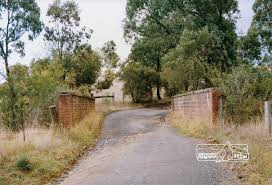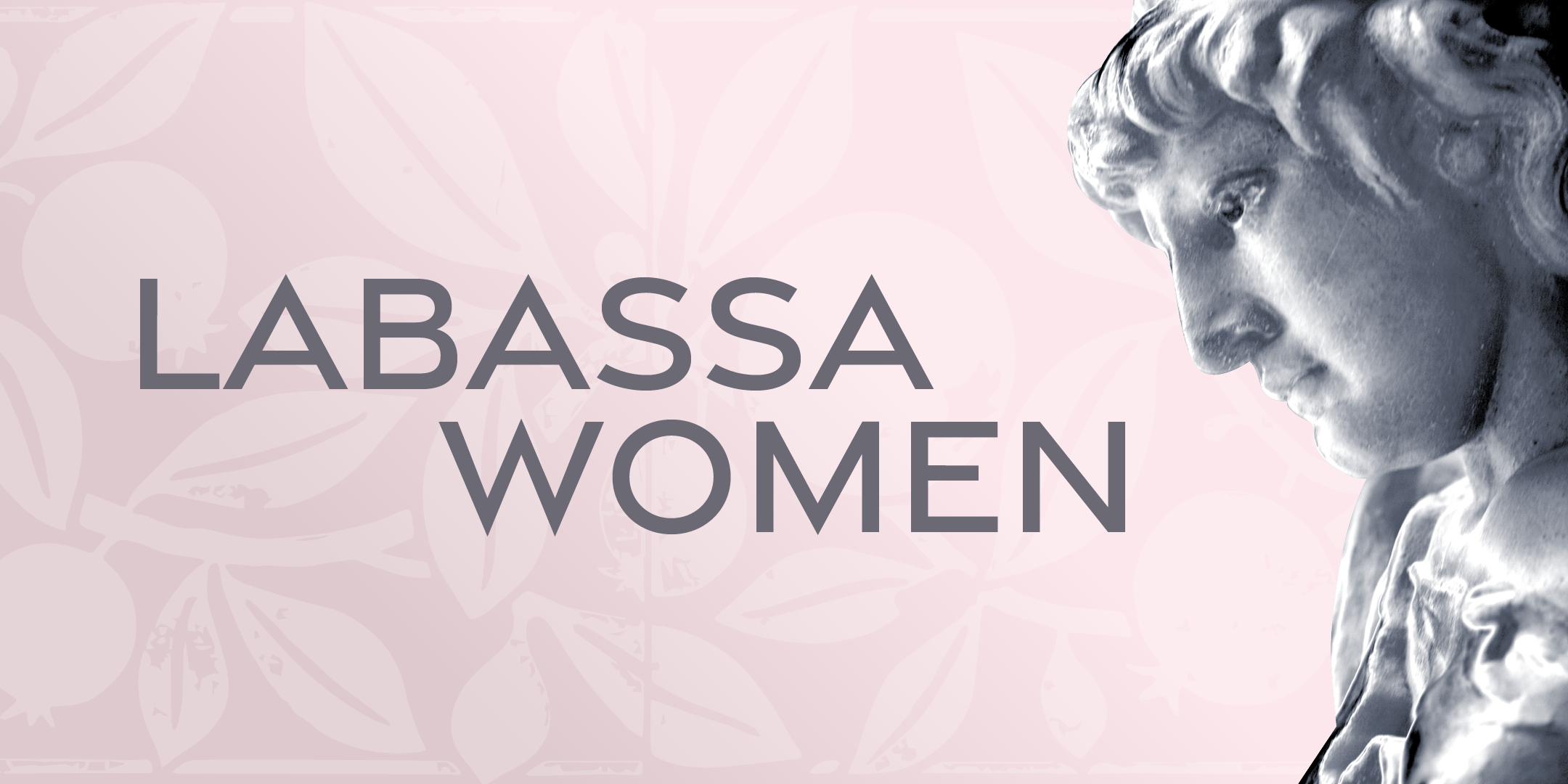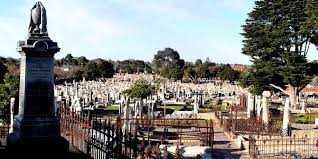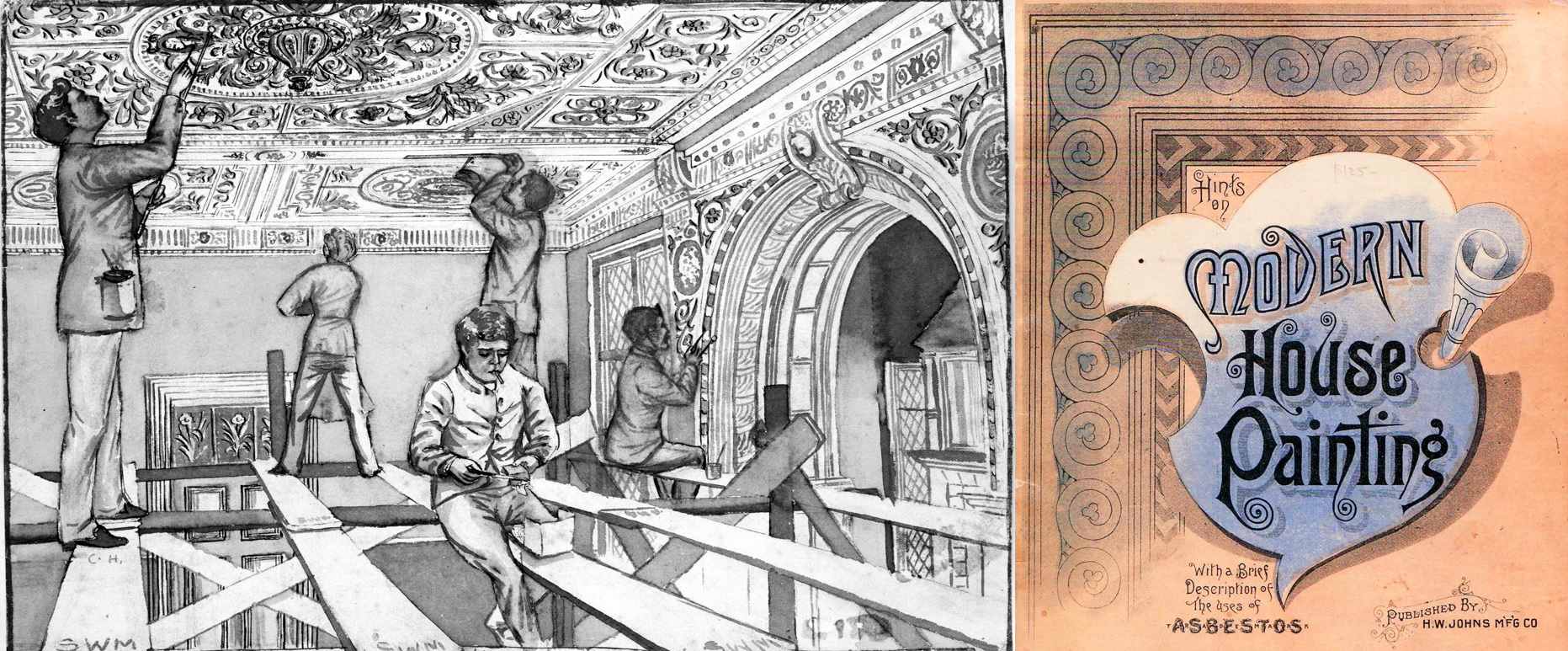Heritage Excursion – Along The Maroondah Aqueduct
A walk along part of the Maroondah Aqueduct which was once a major link in Melbourne’s water supply system. It was built between 1886 and 1891 to transfer water from the Watts River near Healesville to Preston Reservoir. It was 66 km in length made up of 41 km of open channel, 10 km of tunnels through hills and 15 km of pipeline across stream valleys known as inverted siphons. The section of the aqueduct through Research and Eltham has been abandoned since the 1980s but the open channel has largely been retained. A recreational path follows the aqueduct reserve.
MARKETING 101
ZOOM Join from anywhere in the worldChristina Browning, our new RHSV Marketing Manager, brings a wealth of experience to the RHSV - and not just in social media. Christina started her working life as a journalist
Read More...
Labassa Women
Labassa 2 Manor Grove, Caulfield North, Victoria, AustraliaLabassa mansion is hosting an eight-day exhibition celebrating the women who lived there across two centuries. This 8-day exhibition opens on Sunday 1st May with former resident and actor Jane
Read More...
Ghost signs and the Melbourne Circle
Studio 1, Former Channel 9 Building 15 Barnett Way, Richmond, Victoria, AustraliaWith intensive development of urban sites, ghost signs suddenly appear when previous development, which had blocked the view of the signs, is demolished. Nick Gadd has captured many of these
Read More...
Weston Bate Oration & RHSV AGM
RHSV Gallery Downstairs 239 A'Beckett St, Melbourne, Victoria, AustraliaFollowing our AGM at 5pm, we are delighted that Dr Andrew Lemon will present this year's Weston Bate oration, AUSTRALIAN HISTORY AS LITERATURE: AUSTRALIAN LITERATURE AS HISTORY. Andrew contemplates the nature of the divide between the writing of history and the writing of fiction. Our best historians—including the late Weston Bate—are invariably outstanding writers, but why is it that historians are so rarely included when the literary world acclaims the best Australian writers? This lecture looks at the writing of Australian history as literature, and considers why journalists and storytellers customarily outsell academic historians when writing on historical subjects. Does this matter? Should aspiring historians be taught about good writing and literary technique? Has jargon and cliché prevailed in the academic teaching and writing of history?
Make no mistake – Bridges really matter!
Magnet Gallery SC G19 Wharf Street, The District,, Docklands, VICTORIA, Australia A seminar from the Melbourne Maritime Heritage Network Bridges should be acknowledged as critical maritime infrastructure – enabling, connecting or in some cases thwarting! Historically bridges have brought significant
Read More...
Ina Higgins: and her contribution to women’s horticultural education
ZOOM Join from anywhere in the worldTo replace the cancelled Symposium "Women in Horticulture" which was to be held in conjunction with Friends of Burnley Gardens (FOBG) and the Herb Society of Victoria, AGHS is offering
Read More...
Death by Misadventure – a guided walk through Brighton Cemetery
Brighton General Cemetery North Road, Caulfield South, Victoria, AustraliaInquests and newspaper articles tell the stories of train fatalities. Crossing the train tracks at Carrum, Frank Pynn was carefully watching the up train when he and his cordial wagon were was hit by the down train. Unlucky Oswald Ritchie who fell from an electric train near Brighton Beach station as he was trying to retrieve his hat which had blown off, and fell through the open door of a carriage.
Getting Your Family History Published
ZOOM Join from anywhere in the worldPublisher Talk: Getting Your Family History Published Wednesday 25 May, 1 pm to 2 pm Online event using Zoom As part of the South Australian History Festival, Genealogy SA presents
Read More...
Hotham History Project presents a talk by Professor Miles Lewis on Victorian Paint
City of Melbourne Bowls Club 603 - 615 Queensberry St, North Melbourne 3051., North Melbourne, victoria, AustraliaHeritage paint colour controls in Victoria, and to a large extent in Australia, are based mainly upon a document prepared 45 years ago by Miles Lewis and his then research
Read More...











 239 A'Beckett Street Melbourne, Victoria, 3000
239 A'Beckett Street Melbourne, Victoria, 3000  03 9326 9288
03 9326 9288  office@historyvictoria.org.au
office@historyvictoria.org.au  Office & Library: Weekdays 9am-5pm
Office & Library: Weekdays 9am-5pm

